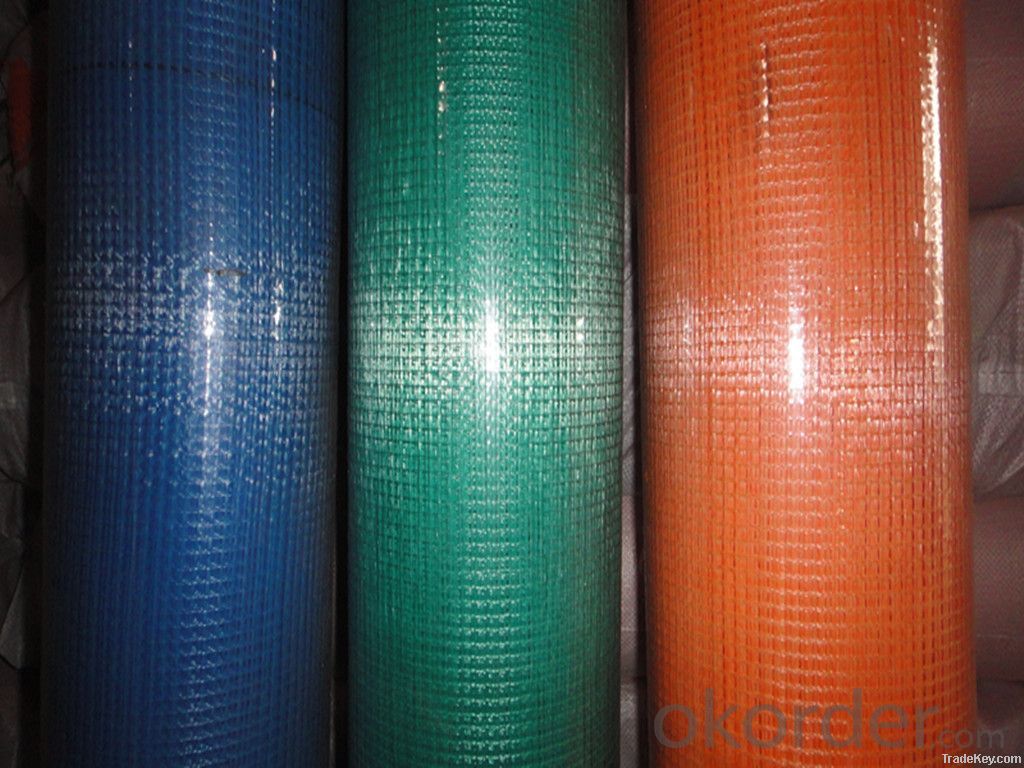

Also, fiber orientations computed from draping simulations (using state-of-the-art SIMULAYT technology) can be retrieved in order to get the most realistic results. Advanced design options such as Cores, Virtual Stacking, Symmetries or Cut Pieces are also supported. Composite Simulation Engineer supports all design methods available in CEG: definition by Ply, by Zone or by Grid.

Fully integrated with both the Simulation environment and the Composite parts Design and Manufacturing tools of the 3DEXPERIENCE Platform.
#Mesh enabler solid vs composite software#
To make it even easier, some gages use tolerance lines on the strip chart, limit lights on the amplifier or impose software limits to reduce operator involvement measurement in interpretation.Composite Simulation Engineer (SCI) Extension Role adds capability to a base role to allow easily reuse of composite layups defined with the CATIA Composite Design (CEG) tool in advanced simulations. (The above figure is an example of the result of a typical gear-rolling gage.) When the gage is run over a complete revolution of the work gear, it's easy to interpret the total composite variation and the tooth-to-tooth composite variation.

The common method for evaluating the composite error is with the strip chart recorder. The data can then be captured with a strip chart recorder or collected and analyzed by computer. The variation, or error, can be viewed by monitoring the position of the master gear with a comparative indicator of some type (mechanical or electric). Once the master and work gear are tightly meshed and running together, the composite variation needs to be recorded. The master gear tolerances define the maximum variation for total and tooth-to-tooth errors. Just as there are level grades for gage blocks and master balls, likewise, standards organizations have defined different quality levels for master gears. The master gear used to inspect the work gear is just like any other comparative master in that it must be manufactured to a quality level substantially higher than that of the work gear. Surface finish errors, nicks or scratches in the gear teeth can also contribute to center distance variation. This change reflects the total composite gear action that can be caused by improper gear profile, tooth thickness variations, gear runout or pitch errors. If variations between the work gear and the parameters of the master gear are apparent, rolling the two gears together in a tight mesh will result in a change in their center distance. A precision master gear is then mounted to an adjustable slide and brought into contact with the work gear. The work gear, or the gear being inspected, is mounted to a precision fixed arbor. (See the figure below for a typical rolling gear gage schematic.) The use of these rolling gear testers is becoming more important as tolerances and machining requirements get tougher for metal and plastic gears.īuilding a double flank gear tester is very similar to building any other type of comparative gage, except that with this type of comparator, the master will be kept in the gage as part of the measuring loop. These instruments are designed for use on the shop floor to monitor gear cutting quality. Most indicator type gear testing (rolling) instruments are manually operated. Believe it or not, the name of this type of gage is a single flank gear tester. This method produces contact on a single flank of each of the meshing teeth. The other, less often used method of functional gear testing mounts the gears at their fixed operating distance. Thus, the name of the gage to test this is aptly referred to as a double flank gear tester. The most common form of this test places the gears in a tight mesh, which produces contact on both flanks.

This test method simulates the conditions under which a set of gears is likely to operate as a result of the gears meshing together. Functional gear testing, also known as total radial composite deviation, is a method of looking at the total effect of gear errors.


 0 kommentar(er)
0 kommentar(er)
